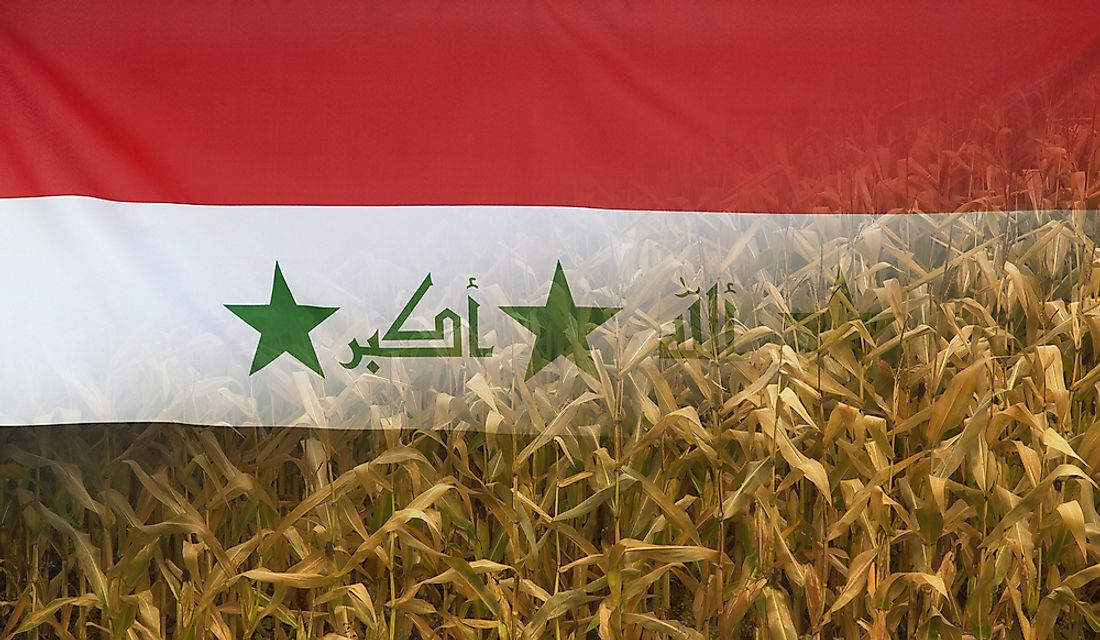What Happened During The 1971 Iraq Poison Grain Disaster

The 1971 Iraq Poison Grain Disaster
In 1971, a severe drought was ravaging the Middle East, the worst in the past several decades. It was pushing people to the brink of famine. In Iraq, the nation had seen a drop in its wheat yields over the years and was facing a severe deficit in its stocks. After several negotiations, the Iraqi government decided to take a proactive approach to solve the crisis by coming up with a better yielding type of wheat and looked for international partners to procure the wheat. By then, Mexico had developed a high-yielding variety of wheat known as “Mexipak” and was ideal for the Arabian near-desert climate. The Iraqi government got wind of the wheat and contracted the Mexican supplier, Cargill to deliver a 0.1 million-ton shipment in line with the October-November planting season.
Mercury in Wheat
The Iraqi government’s specialists foretold that the seeds had a risk of germination on transit due to the increased humid conditions of the long marine journey and so suggested that the wheat be coated with a fungicide to avert the risk. The wheat was coated with a mercury-based fungicide to protect it against fungi infestation before its planting. Mercury had been known to be an effective fungicide which did not contaminate the plants after planting and was also quite cost-effective. The sacks in which the wheat was packed ub had instructions stating the presence of the fungicide and warning against consumption of the wheat, but unfortunately, the inscriptions were in English and Spanish, both foreign languages.
Consumption
Due to several unforeseen logistical issues, the shipment arrived quite late and reached the farmers after the intended planting season had passed. The farmers were in possession of sacks of “strange looking” wheat that they could not plant nor eat. Government agencies in charge of supplying the wheat had informed the farmers of the toxicity of the wheat, but the farmers did not trust the information. Many of the farmers washed off the dye on the wheat and gave some to their livestock which ingested the wheat with no physical consequences. They then ground the wheat and fed on the “pink bread” which was popular among the children. After a few weeks, Iraqi hospitals were flooded with people complaining of mental illness with hundreds of them dying. Several local and international health experts linked the deaths to ingestion of the mercury-laden wheat. The government tried to repossess as much of the wheat as possible through many reports sent through the media and even imposing penalties to individuals caught in possession of the wheat.
Aftermath
Due to the government’s directive that informed people of the toxicity of the wheat, many farmers disposed the wheat all over the country with some of it reaching the rivers and caused contamination of fish and birds and ultimately led to an environmental disaster. The many people who had ingested the toxic wheat either died with official statistics giving the number at 459 people with thousands suffering permanent brain damage, although it is estimated to be much higher. The incident led to the World Health Organization enforcing a more strict standard of labelling poisons.







